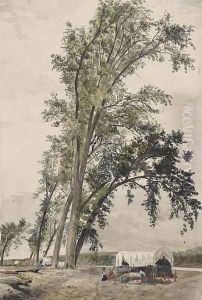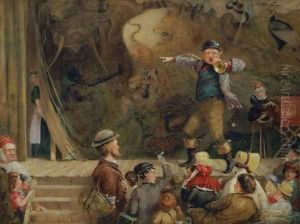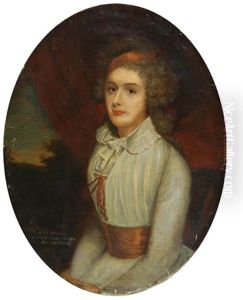Frederick Piercy Paintings
Frederick Hawkins Piercy was a British artist, engraver, and illustrator, known for his works depicting scenes from American history, particularly those related to The Church of Jesus Christ of Latter-day Saints (LDS Church), of which he was a member. Born in 1830 in England, Piercy developed his artistic talents at a young age and became proficient in engraving and illustration.
In the mid-19th century, Piercy converted to the LDS Church, a decision that profoundly influenced his artistic direction. Motivated by his faith and sense of adventure, he embarked on a journey to the United States in 1853. During his travels, he meticulously documented the landscapes, people, and settlements he encountered, especially those related to the Mormon migration to the western United States. His detailed sketches and engravings provide valuable insights into the mid-19th-century American frontier and the early days of the LDS Church.
One of Piercy's most significant works is the collection of illustrations titled 'Route from Liverpool to Great Salt Lake Valley,' published in 1855. This work comprises a series of detailed engravings based on his sketches made during his journey from England to Utah. These images not only captured the physical landscape but also the spirit and challenges faced by the Mormon pioneers. Piercy’s work is celebrated for its historical accuracy and artistic quality, offering a unique visual record of this period.
After completing his journey and publishing his works, Piercy returned to England, where he continued his career as an artist and engraver. Throughout his life, he remained an active member of the LDS Church and contributed to the church’s publications and visual documentation. Frederick Hawkins Piercy passed away in 1891, leaving behind a legacy as a pioneering artist who captured a pivotal era in American and Mormon history through his detailed and evocative artworks. His contributions have been recognized and preserved in both art and history museums, serving as a bridge between the past and present for generations to explore.


